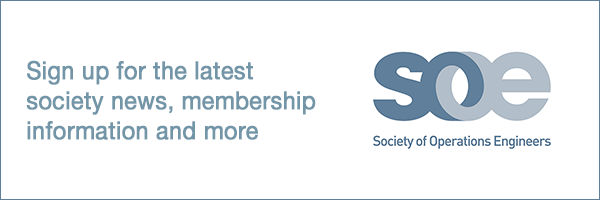Siemens has launched what it claims to be an 'industry first' software engineering framework covering the design, programming, building and running of all its automation equipment and systems.

Dubbed TIA (Totally Integrated Automation) Portal, the new system has been designed to enable OEMs, system integrators and plant C&I departments to develop and commission automation systems faster and more intuitively.
Simon Keogh, business manager for factory automation at Siemens Industry Automation and Drives, states that the step change improvement stems from unifying the look and feel of the firm's drives, PLCs, HMIs and SCADA software, but also providing advanced shared services and navigation.
He explains that Siemens' shared services, for instance, will allow all devices and networks in any automation system to be configured from within one device and network editor.
Similarly, project navigation, libraries, data management, project storage, diagnostics and online functions are all standard features. Most important, all data for controller parameters, blocks, tags or messages now only needs to be entered once.
For example, a user can drag and drop a tag from a programmable controller – such as the signal of an I/O module – to the screen of an HMI device. The tag is then instantly assigned within the HMI and a controller-HMI connection is created automatically in the background, with no manual configuration required.
The result, says Keogh, is serious reductions in the time and cost traditionally associated with plant automation system building and operations, for projects large and small.
This is a major launch. Keogh says that the TIA Portal, which builds on Siemens' earlier programming technologies, is now the basis of all Siemens future packages for configuring, programming and commissioning automation and drives products, he says.
That's certainly borne out on the TIA Portal launch suite, which includes Simatic Step7 v11 automation software for Simatic controllers, and Simatic WinCC v11 for Simatic HMI and process visualisation.
"[TIA Portal's] development has been based upon significant research to ensure that it will meet the needs of users, and can measurably play a central role in linking together the varied elements of the product lifecycle, from product development and planning through to engineering, commissioning and operation," comments Keogh.
"At a time when companies are facing increasing competitive pressures, the ability to speedily create, manufacture and deliver products to market will be crucial to success, and we believe the TIA Portal offers significant advantages in terms of operational efficiency gains and cost reductions to support modern automation and drive technology applications," he adds.







